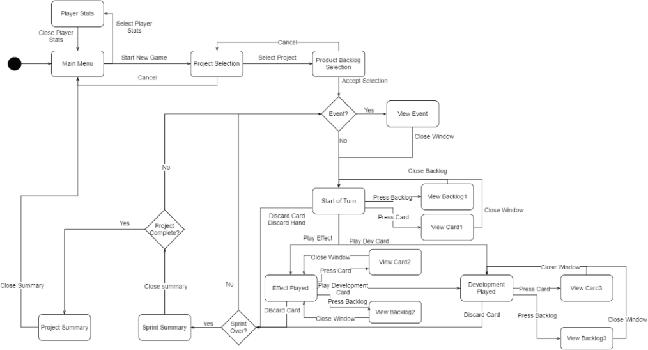
An Agile Software Engineering Process
Improvement Game
Bruce R. Maxim, Raspinder Kaur, Christopher Apzynski, David Edwards, Ethan Evans
University of
Department of Computer and Information Science
Dearborn, Michigan, USA
bmaxim, raspinde, capczyns, dkedward, ewevans @umich.edu
I. INTRODUCTION
Experiential learning has proven to be an effective means of teaching engineering topics. Serious games can provide an effective and enjoyable way to improve student learning in engineering courses [1]. Serious games are gaining popularity as a means of instruction in higher education [2]. Serious games make use of the artistic medium of games to deliver a message, teach a lesson, or provide an experience. Serious games may be entertaining, but that is not their primary purpose.
Computer games can teach
Computer games can provide opportunities for students to experience success in new areas. This often encourages them to try more things and attempt more difficult tasks. Trying to achieve the visible evidence of accomplishment or “leveling up” that appears on a player’s
In one study, Taran used a computer game to teach the principles of risk analysis in project management course. Taran argues that practicing concepts in a game makes them less likely to be forgotten. Games provide a means for students to try out and experiment with strategies in safe environments. [5]. This type of game play can help teach players the kind of critical thinking that is important to STEM coursework [6].
Some excellent
A few drill and practice computer games have been created to help reinforce student knowledge of various parts of the software development process [8]. In general, these drill and practice programs focus on lower level skills (e.g. recall and recognition) and use entertainment to motivate game replay.
Most of the existing software engineering process games run on laptops or are implemented as web applications, rather than as mobile apps. There are also some
This project was partially funded by the Association of Computing Machinery Special Interest Group on Computer Science Education .
